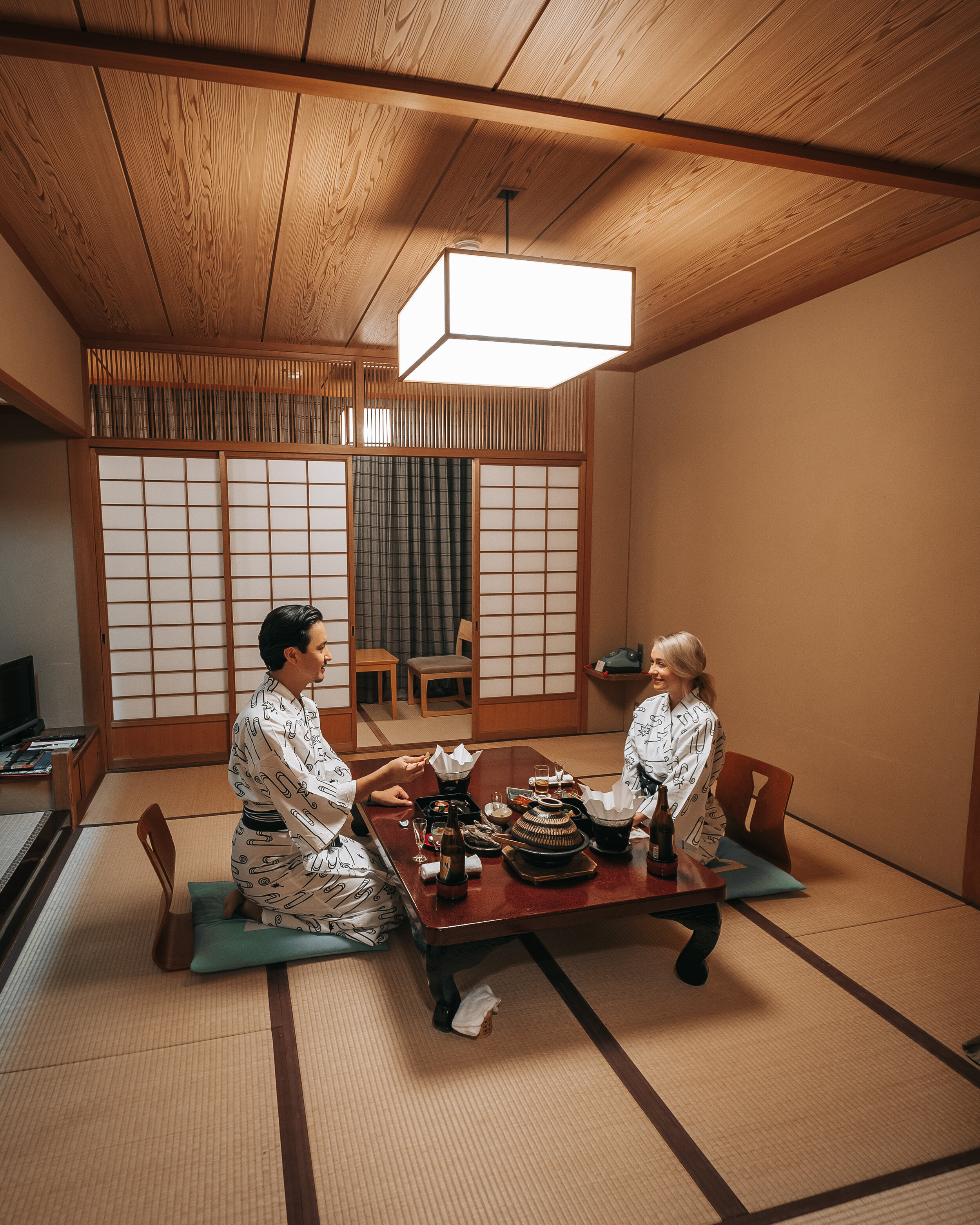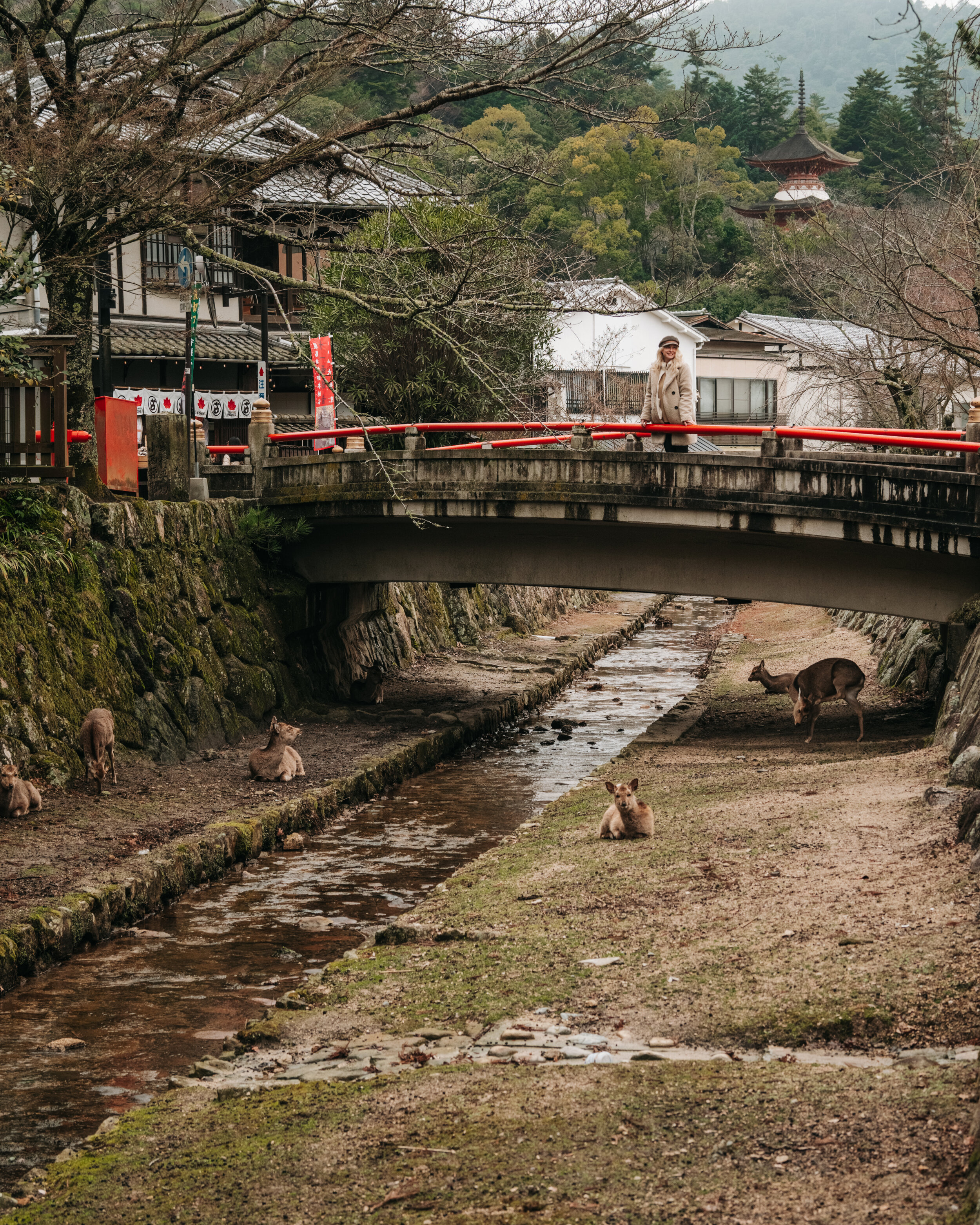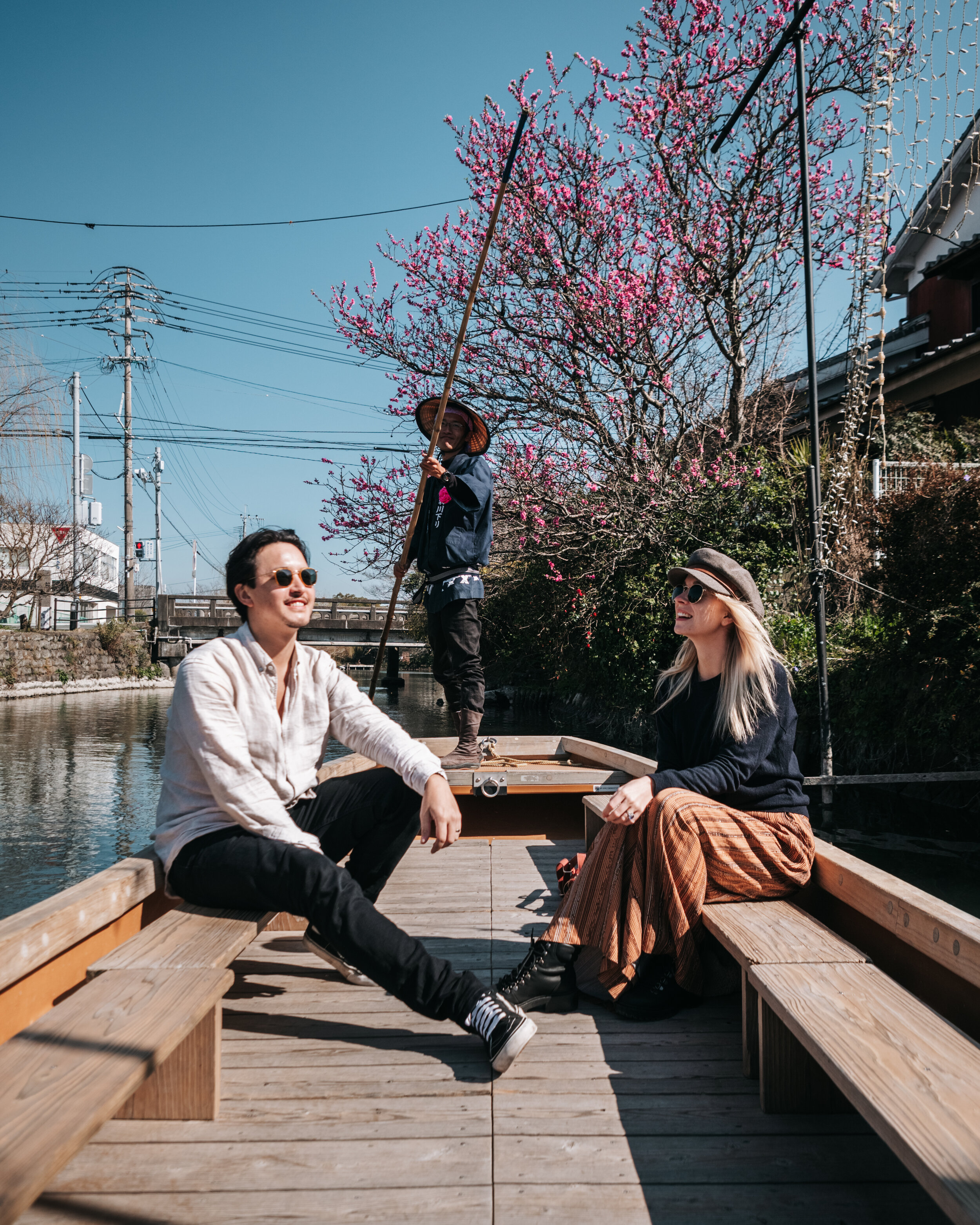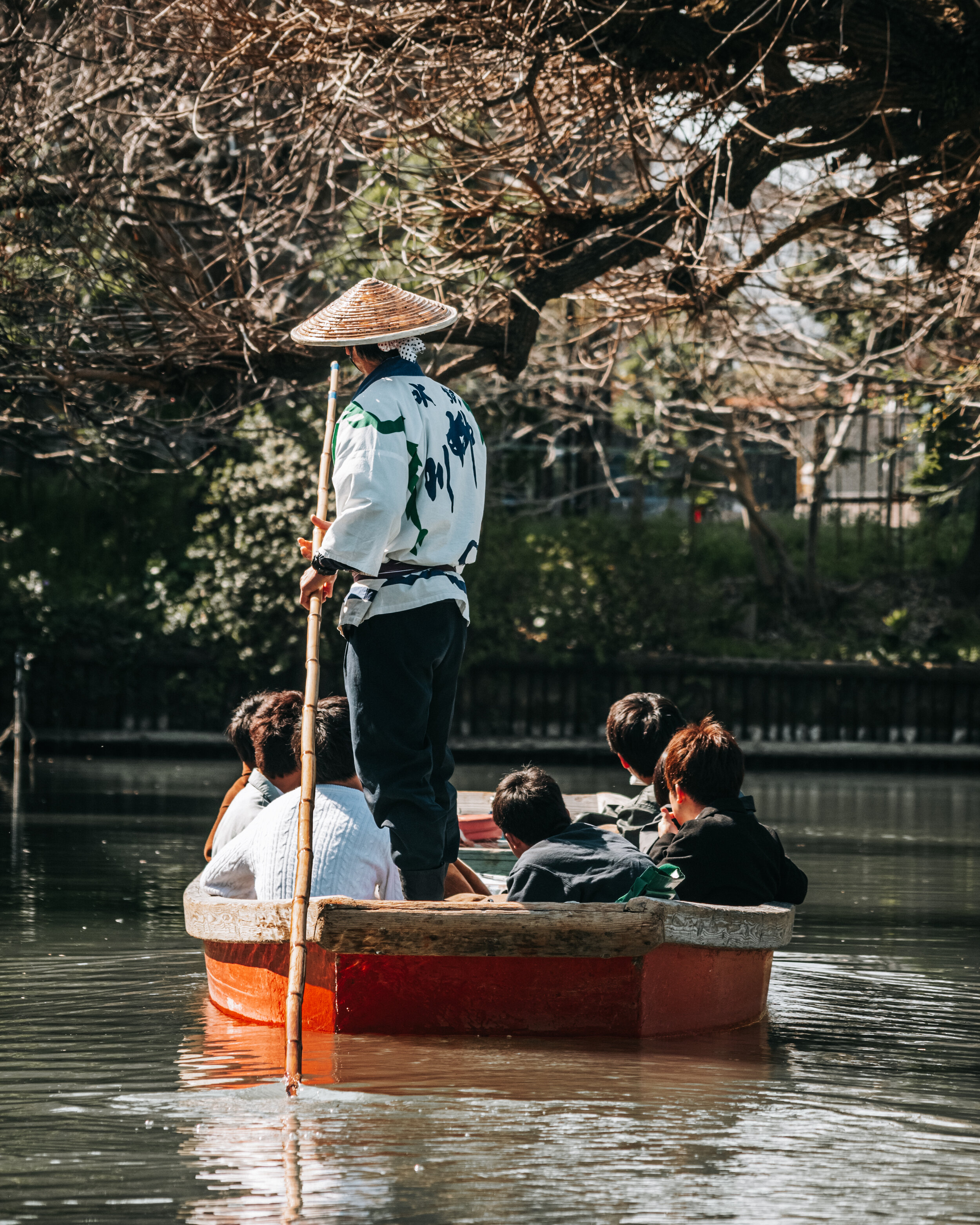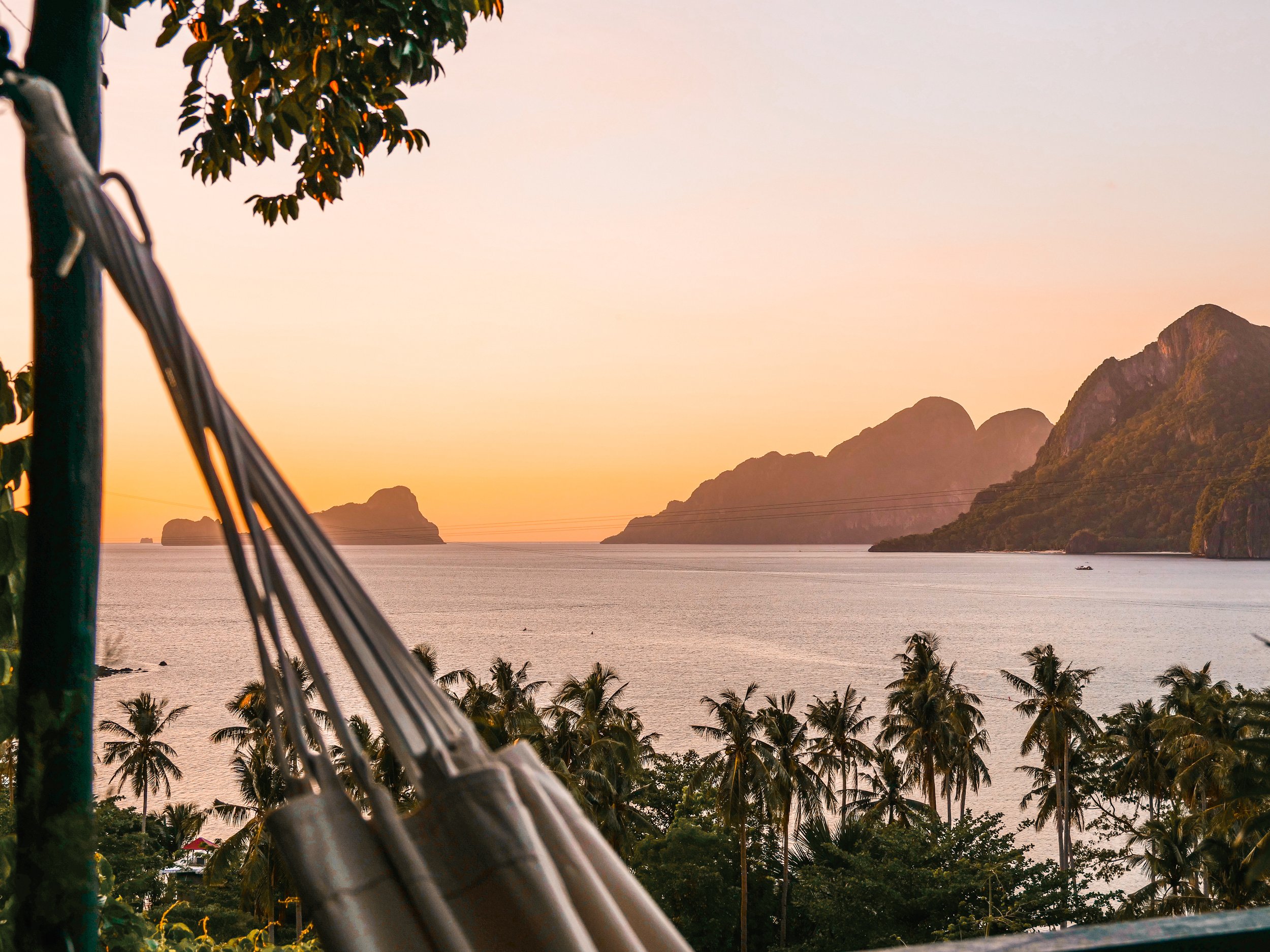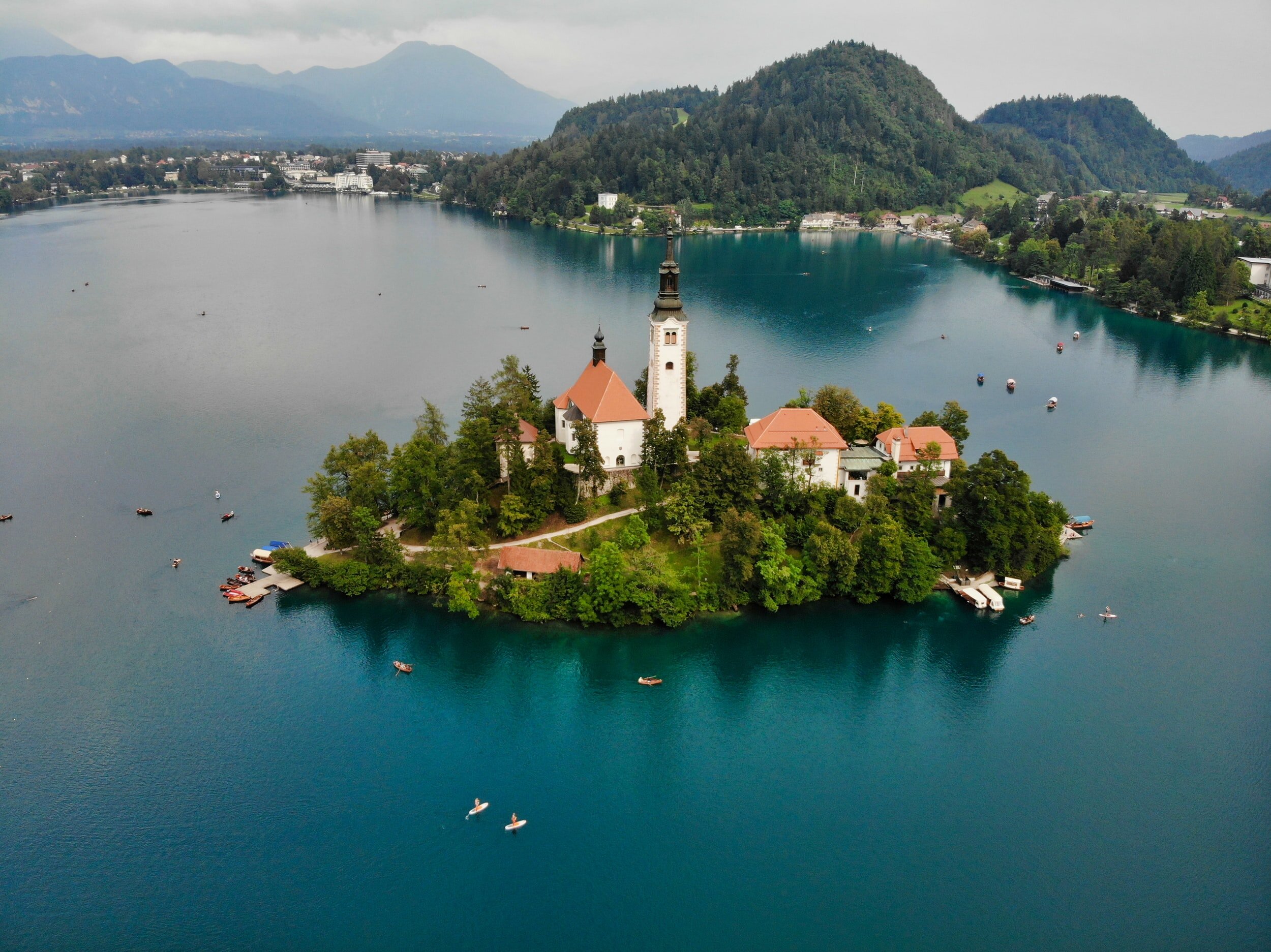Off the beaten path in Japan – 6 incredible experiences you never knew existed
Enjoying a relaxing cruise on Yanagawa Canal
Wishing you could dive deeper into Japan’s sensational culture? Visit those places that are a little more off the beaten track? Japan is known throughout the world for its exquisite food, traditional arts and deep values. To truly immerse into the fusion between ancient traditions and modern Japan, we will be diving into 6 underrated regional destinations that offer a special and unique Japanese experience!
1. Stay at a Ryokan on Miyajima Island, Chugoku Region
The most authentic Japanese experience, this is more than just a place to rest your head for the evening. A Ryokan is a traditional Japanese Inn that originates back to the Edo era, it provides visitors with a true insight into Japan’s etiquette and a deeper understanding as to why this country is known throughout the world for its beauty and unique hospitality.
The main rooms are minimalistic in taste, expect to sleep on a comfortable roll-out futon laid on traditional Tatami mat flooring with sliding doors to separate one room to another. The futon bed will be made up every evening and then carefully put away during the day to have free space around the main room. Guests are usually provided with a Yukata; a kimono-like robe that should be worn along with indoor sandals as outdoor shoes will no longer be appropriate to wear inside.
Often, included with the experience is a traditional dinner known as kaiseki, a skilfully crafted banquet of sashimi, tofu, miso soup and other delicacies.
The peaceful water of the Onsen pool is an important ritual in Japanese culture and offers a tranquil place to sit and reflect, these can usually be found within most Ryokans across Japan.
Traditional Okonomiyaki
2. Try the Street food in Fukuoka, Kansai Region
Welcome to Kyushu’s largest city, Fukuoka. Foodie heaven - this city is well known for its Yatai stalls and famous Tonkotsu ramen. Take a walk down Hakata, or one of the other Yatai regions including Nagahama, Nakasu and Watanabe-dori to discover this authentic tradition that has been around since the end of WWII. Don’t be surprised at the snaking queues as both locals and visitors wait in line for (sometimes) hours to get a taste of the delicious street food that waits inside. Try the Yakitori (grilled chicken skewers) and Hakata ramen which was born in Fukuoka, characterized by its rich Tonkotsu (pork bone) broth.
Himeji Castle - Himeji
3. Visit the incredible Himeji Castle, Kansai Region
Whilst the Osaka Castle is a more obvious choice, Himeji Castle is quite possibly Japan’s most beautiful castle. There are many of Japan’s castles that have been sadly destroyed in world wars, but Himeji castle managed to escape relatively unscathed. During the months of March to May, the surrounding area comes alive with Sakura (Cherry Blossom).
Head towards Himeji station for a sushi train experience like no other! Even the delivery train that whizzes around the restaurant is a mini Shinkansen (bullet train), and after the food has arrived, at a push of a button it returns right back to the kitchen to collect more delicious treats.
4. Cycle the Shimanami Kaido in Onimichi, Chugoku Region
Experience the Shimanami Kaido; a spectacular 70-kilometre road-and-bridge network that connects Japan's main island of Honshu with Shikoku, with bicycles that can be rented from either starting point.
There are bike and pedestrian lanes the entire length with over 150 cycle-friendly stops providing rest areas, restaurants, drinking water and more! But before setting off for the sights of the Seto inland sea, don’t forget to explore the quaint town of Onimichi which is often overlooked. Enjoy the charming views at mount Senkoji and taste the local ramen which is guaranteed to be different to neighbouring towns, but just as delicious. Onimichi is a real hidden gem.
Wild Bunnies on Okunoshima - aka “Bunny Island”
5. Wild bunnies on Okunoshima, Chugoku Region
This bunny paradise can be found just off the coast of the Hiroshima prefecture. Home to a little over 700 wild rabbits, there is not much vegetation on the island and so visitors are encouraged to purchase rabbit food and feed the rabbits during their visit. Of course, it is important to follow the rules laid out for visitors to ensure the island and rabbit are kept safe. Although it remains a bit of a mystery as to how this island became ruled by wild bunnies, there are some suggestions of a dark history with remains of World War gas museums sharing its story and the importance of avoiding war.
6. Cruise the canals in Yanagawa, Kansai Region
It’s like stepping back in time as the wooden boats wander down the waterways and move through remarkable bridges. Referred to as the ‘Venice of Kyushu’, a huge network of canals flow through Yanagawa that in the early years, were used to help transport Samurais and soldiers. Now, it is possible to spend a beautiful afternoon on a canal cruise enjoying the traditional songs sung by the Sendo-san (boatman). With a blanket to wrap up warm in the colder season and a stop along the way to pick up some sake or hot tea, it is the perfect way to learn about the local history, taking a moment to relax and enjoy the scenic views along the trip.
A few extra tips…
Public transport services are incredibly reliable in Japan, to the exact minute in fact. Regional areas of Japan are well connected by train and bus services and highly recommend utilising this efficient way of travelling.
Purchasing a Japan Rail Pass (JR Pass) can be an incredibly cost-effective way of travelling long-distance in Japan, it is possible to use these on some bullet trains which can be detailed on Japan’s transport pages. Previously this could only be purchased prior to arrival, but now available within the majority of Japan’s Train stations.
Picking up an ICOCA card is recommended, it is a rechargeable contactless smart card that can be used on the JR West rail network including buses, and will serve some of the places mentioned above.
HyperDia is a great app to download which helps with checking schedules and fares when using public transport across the Country.
There are particular social etiquettes that should be practised whilst in Japan, for example; when bathing in an Onsen, knowing where not to wear outdoor shoes, never sticking chopsticks vertically into food. Take time to learn these prior to visiting.
And of course, don’t forget to learn the very basics of Japanese;
‘Hello’ is Kon’nichiwa - pronounced: "kon-nee-chee-wah"
‘Thank-you’ is Arigatou - pronounced: “ah-ree-gah-toe”


